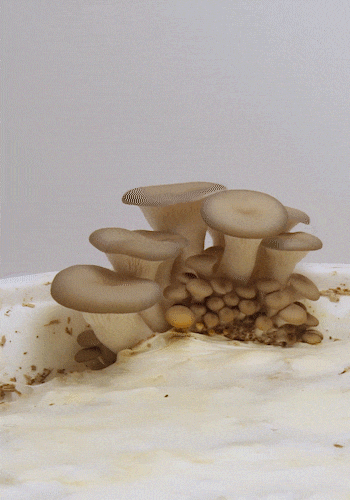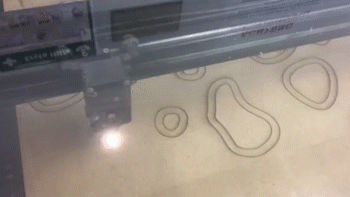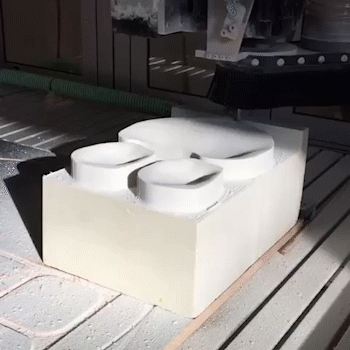
Bachelor Thesis
2017 / 2018
Nature creates structures in a way, that we might perceive as chaotic. We don’t evolve objects and structures, we draft, plan and execute them. As a consequence, our constructed environment resembles this process, whereas grown things build blueprints that show its organic origin.
Christopher Alexander once stated, that truly beautiful structures only emerge from a series of transformations. He explains that grown systems are more resilient and life friendly than development processes in which an object is designed and built following a strict plan.
I considered it’s worth letting natural processes take a shot at designing objects and creating forms. Instead of choosing a material, I hired microorganisms as art directors. And instead of drafting and planning, I let fungi decide on an adequate form.
The starting point for this exploration were three different organisms, that each create a unique shape. I extracted these shapes and translated them into everyday objects.
As the bubbles expand in this complex system of time, pressure, temperature and organic chemistry, the yeast rearranges it’s environment. The grown form is being turned into a system of maximum efficiency.
We tend to follow similar patterns. We rearrange our environment to reach our goals in an efficient way. Be it public transportation networks, paths through a forest or sorted shelves.
That’s why I decided to turn the yeast’s blueprint into an object, that we use to rearrange and sort our environment - a pencil holder.
1



Experimenting with yeast

Cutting out the grown forms

2
The mushrooms function is to produce spores and protect them from rain. That’s why the gills are located underneath the cap. The cap itself acts as an umbrella and forms a bowl as the spores are being released.
While fungi create bowl-like forms to protect and release their spores underneath it, we use bowls to contain objects.

Oyster mushrooms



From mushroom to digital model


From digital to physical

3
Starting from a center, mold spreads over a surface and creates a shape that is dependent on it’s environment.
The fungus creates a form that perfectly suits its needs, whereas we tend to squeeze standardized objects into our environment ignoring the space it relates to. Walking routes in a room usually aren’t straight lines, surprisingly carpets are.



Choosing the right fungus





Testing color and glue


